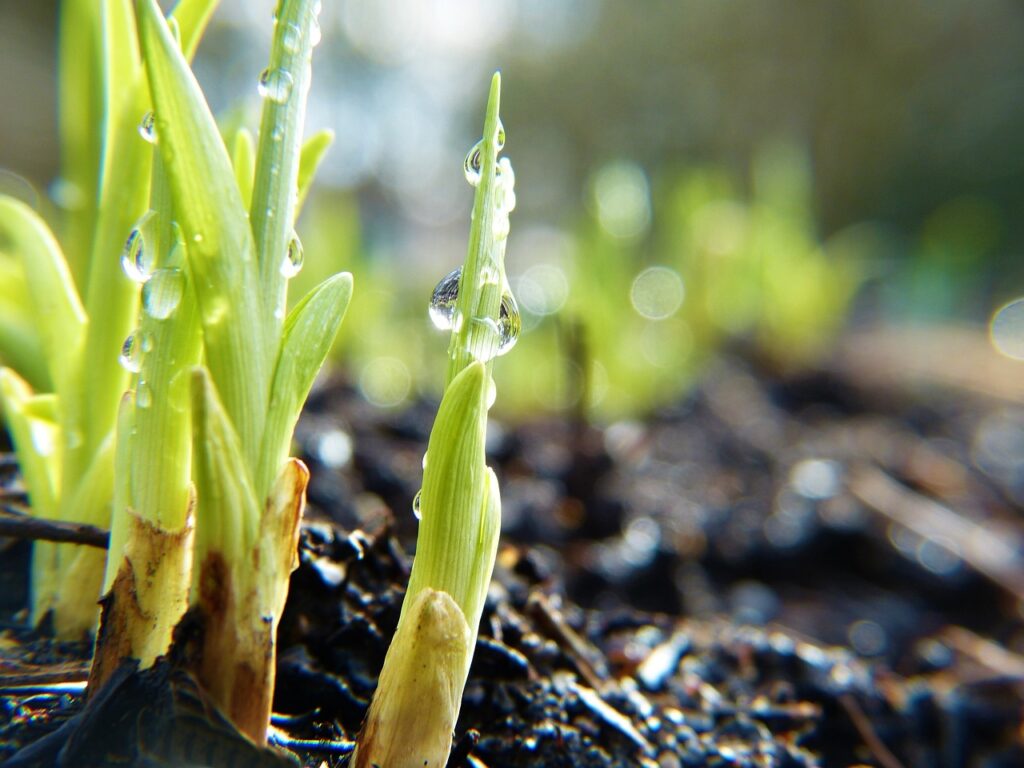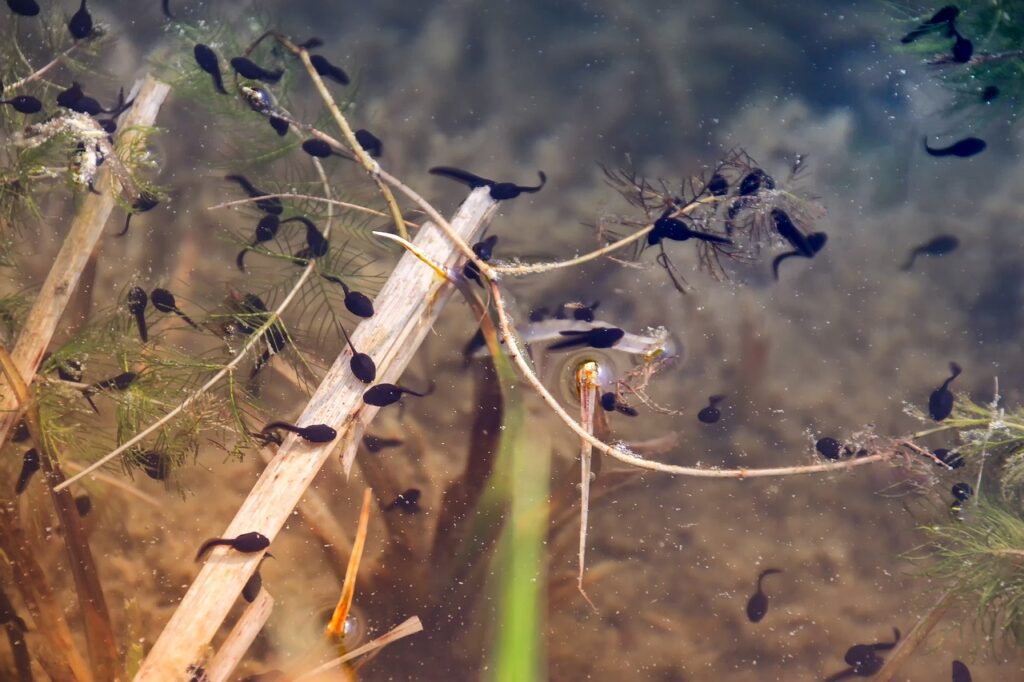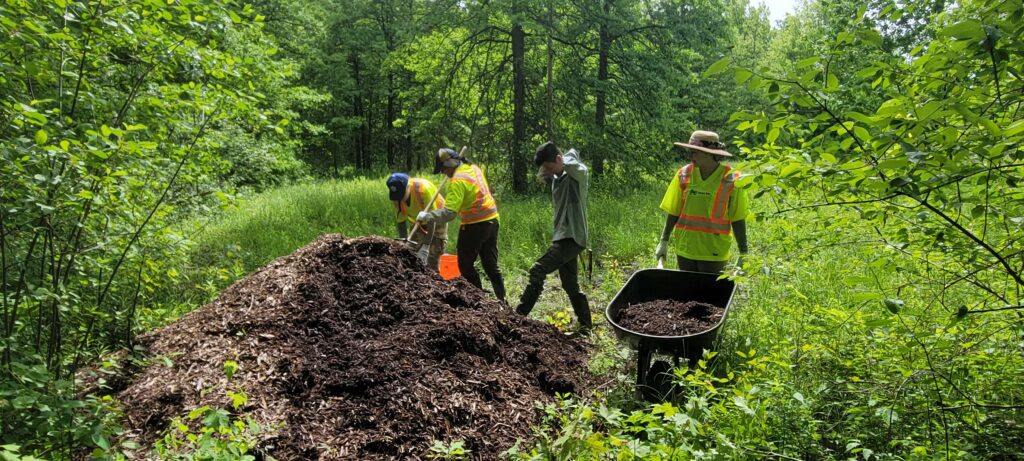Restoration
At 8Trees Inc. we use ecological knowledge and applications to avoid, minimize, and repair ecological damage in unique and practical ways. It is our goal to use and promote ecological restoration practices wherever possible!
About Ecological Restoration
Ecological restoration is the process of assisting the recovery of an ecosystem that has been degraded, damaged, or destroyed.
The field of restoration ecology is relatively new in the scientific community. The concept was developed in the 1930s by Aldo Leopold when he directed conservation workers in the replanting of tallgrass prairie species on an overused piece of farmland. The land was later acquired by the University of Wisconsin-Madison, and is known today as Curtis Prairie. Leopold’s work was committed to the restoration of the plant an animal communities native to the area, and it helped to reveal a better understanding of the relationship between humans and the natural landscape. Much knowledge was gained from these initial projects that informed future ecological research and experimental design.
Today, restoration ecology is a synthesis of basic and applied ecology, conservation biology, landscape ecology, the social sciences and economics!

To learn more about ecological restoration and projects across the world, please visit the the Society for Ecological Restoration (SER) website.
Why is Ecological Restoration Important?

Sustainable Planning
Ecological Restoration should be considered and incorporated into all development planning to work towards a sustainable human-altered landscape.
Ecological Restoration does not necessarily mean returning an impacted area to its previous state, but instead, assisting its recovery to a functional state.
We need to think about our natural environment as our home, and therefore conserving and restoring ecosystem function must be the goal of any planning and landscape changes.

Ecological Traps!
When animals depend on their environment at critical life stages such as breeding, offspring development, and overwintering, that environment must remain functional long enough to support their survival. Functional habitat is often considered “high-quality” whereas non-functional habitat is “low-quality”.
An ecological trap is a low-quality habitat that is attractive to wildlife and is selected over high-quality habitat because of its attractiveness at certain times of the year.

An Example Scenario
For example, a degraded wetland impacted by drains and past farming activities might appear to be functional in the spring when the water table is naturally high due to snow melt and seasonal rainfall. These conditions may leave pools of standing water within the wetland, which are attractive to amphibians to use for breeding. Amphibians lay eggs in water, and their larvae must grow and develop quickly to reach metamorphosis before the pools dry up in the summer.
However, a degraded wetland might not hold these pools of water long enough for amphibian larval development, reducing the offspring survival rates. This degraded wetland would be an ecological trap for the amphibians using these seasonal pools to breed, and may impact multiple species!

The Solution!
The best solution for ecological traps is ecological restoration!
By restoring the function of the environment, whether it is using dams to help stabilize the hydrology, creating ponds or low points to help the wetland attenuate storm events, removing invasive species, adding/planting native species or adding mulch to help enhance the organic layer of the soil, these actions can help an ecosystem get on the right recovery path.
Our Restoration Projects
Wainfleet Bog Restoration Project
The Wainfleet Bog is the largest remaining bog ecosystem in southwestern Ontario, and is home to several species-at-risk. Ongoing drainage and past peat mining of the central dome has created a degraded function, where the wetland can no longer hold enough water without the help of people or beavers damming up the ditches within and around the site. The dynamic hydrology of the bog has been shown to greatly impact survival of resident overwintering reptiles (Yagi et al, 2020). We are currently working with land owners to help restore the hydrological function of the Wainfleet bog.
Environmental Impact Studies & Restoration
Environmental Impact Studies (EISs) are a huge amount of work, especially when it comes to collecting baseline data. However, the most valuable part of an EIS is the analysis of impacts, and alternate development designs that can incorporate plans for mitigation and restoration.
Having restoration part of every development plan can help the natural environment progress along with this changing landscape. Therefore, restoration should always be part of development planning!


